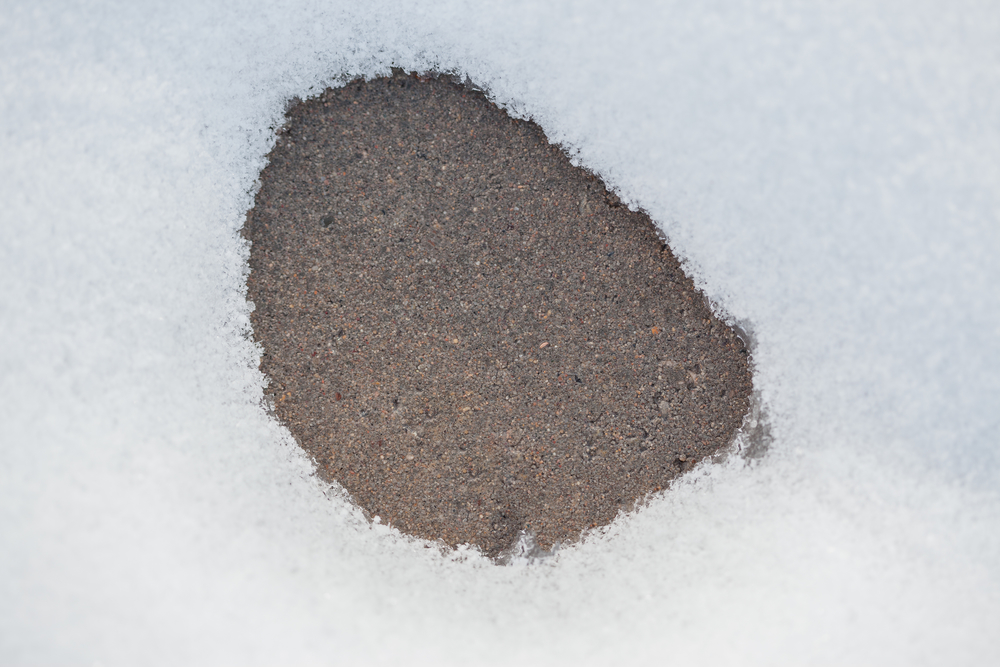
If you live in an area subject to frost heaving, concrete lifting may be the best way to address possible damage as summer fades into fall and winter. Depending on the amount of rain your area gets in the fall and the intensity of cold weather in the winter, your sidewalks, driveways, patios, and other concrete slabs can be pushed out of alignment because the soil underneath freezes and swells. This frost heave may result in cracks in concrete or in raised section that may fall back into place when the ground thaws, or that may remain uneven or distorted. Before this happens, schedule concrete lifting to reduce the impact of frost heaving.
Frost heave occurs because certain types of soil are susceptible to ice formation as the temperature dips. This frost-susceptible soil will absorb water through a capillaries system that develops in weak parts of the soil. Parts of the soil develop lens-shape areas of ice that can raise the soil as much as a foot, which can push up anything on top of the soil, such as a concrete slab.
Not all soil is equally susceptible to frost heave. Light, loamy soils in grounds that have not been properly prepared for concrete absorb the water. Soils with heavy clay content block water flow, which lessens the likelihood of the heaving process.
While you can't control the freezing temperatures in your area or amount of rainfall, you can lessen the likelihood of frost heave by properly preparing the area before installing concrete. When preparing areas for concrete, professionals will proactively account for poor soil that does not drain well with measures such as:
Once concrete slabs are displaced, what do you do? The best solution is to call in a professional that specializes in concrete lifting, which will get the slab back in the proper position by stabilizing the soil underneath.
Another option that can sometimes help prevent frost heaving is to fill cracks to reduce the amount of water that seeps into the soil. Foam crack fillers or even driveway caulking installed over a length of rope or fiberglass insulation can help control the process.
If you have concrete slabs that are still out of place from last year, contact Lift Right Concrete for concrete lifting and crack filling that can minimize your frost heaving damage this year. We offer free consultations to determine with concrete lifting is a viable solution in your circumstance.